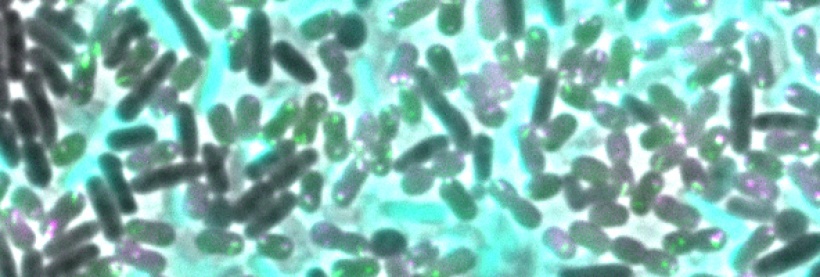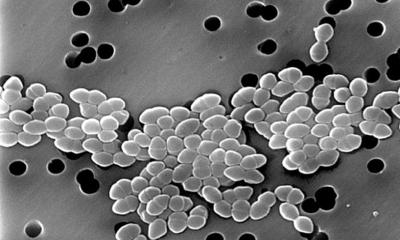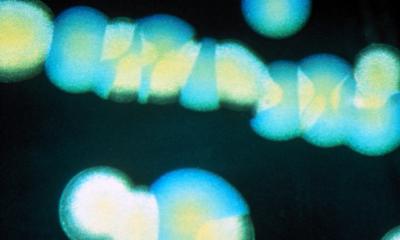
News • Gene exchange
Bacteria acquire resistance from competitors
Bacteria not only develop resistance to antibiotics, they also can pick it up from their rivals. In a recent publication, Researchers from the Biozentrum of the University of Basel have demonstrated that some bacteria inject a toxic cocktail into their competitors causing cell lysis and death. Then, by integrating the released genetic material, which may also carry drug resistance genes, the predator cell can acquire antibiotic resistance.
Multidrug-resistant bacteria due to gene exchange
The emergence and spread of multidrug resistance could be attributed, among other things, to the special skills of certain bacteria: Firstly, they combat their competitors by injecting them with a cocktail of toxic proteins, so-called effectors, using the type VI secretion system (T6SS), a poison syringe. And secondly, they are able to uptake and reuse the released genetic material. In the model organism Acinetobacter baylyi, a close relative of the so-called "Iraq bug" Acinetobacter baumannii, a team under the lead of Prof. Marek Basler at the Biozentrum of the University of Basel, has now identified five differently acting effectors. "Some of these toxic proteins kill the bacterial competition very effectively, but do not destroy the cells," explains Basler. "Others severely damage the cell envelope, which leads to lysis of the attacked bacterium and hence the release of its genetic material."
Toxic proteins and antitoxins
The predator bacteria take up the released DNA fragments. If these fragments carry certain drug resistance genes, the specific resistance can be conferred upon the new owner. As a result, the antibiotic is no longer effective and the bacterium can reproduce largely undisturbed. "The T6SS, as well as a set of different effectors, can also be found in other pathogens such as those which cause pneumonia or cholera," says Basler. Interestingly, not all effectors are sufficient to kill the target cell, as many bacteria have developed or acquired antitoxins - so-called immunity proteins. "We have also been able to identify the corresponding immunity proteins of the five toxic effectors in the predator cells. For the bacteria it makes absolute sense to produce not only a single toxin, but a cocktail of various toxins with different effects," says Basler. “This increases the likelihood that the rivals can be successfully eliminated and in some cases also lysed to release their DNA.”
Source: University of Basel, Biozentrum
28.12.2017










